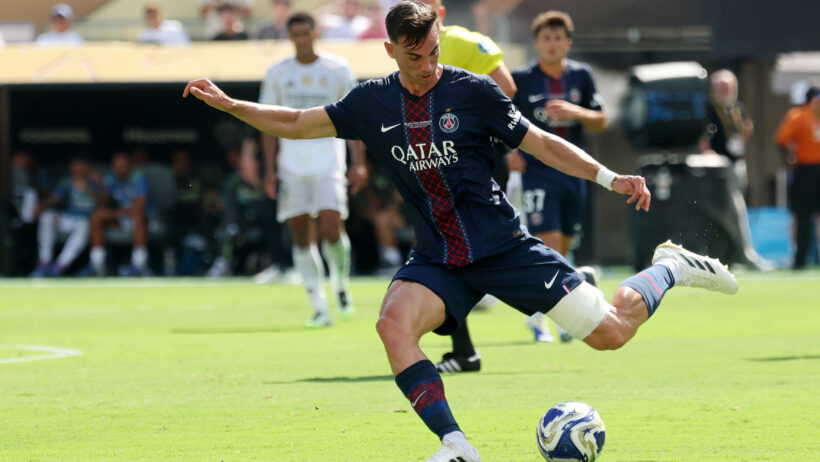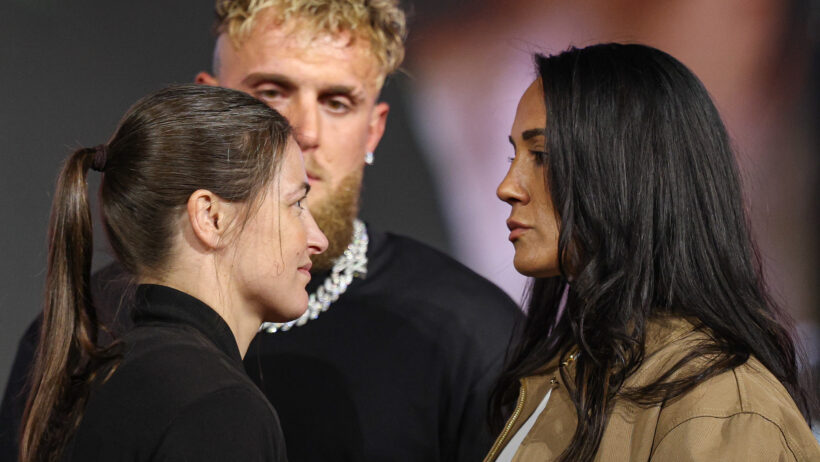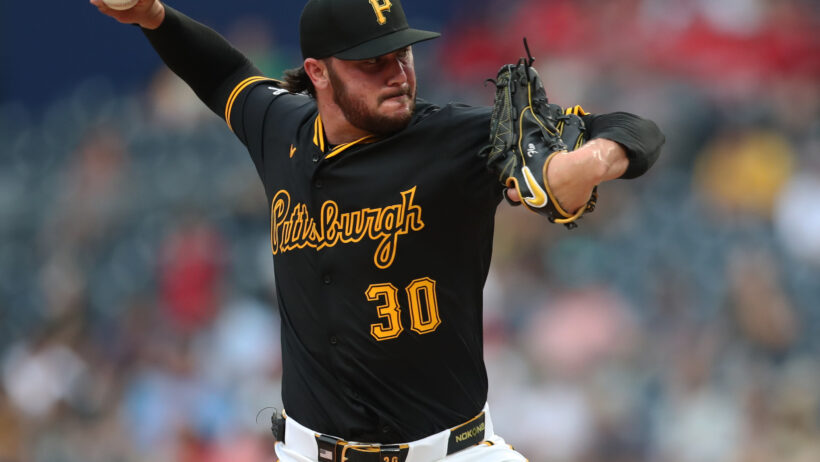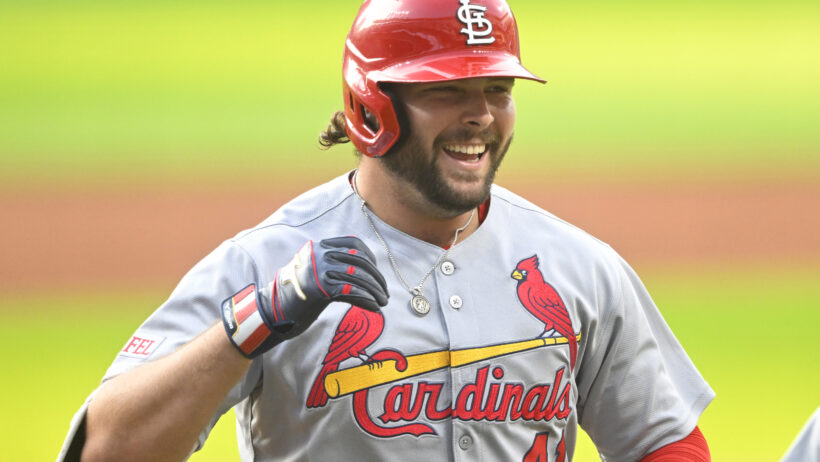5 Things Baseball Should Bring Back
By Ryan Murphy in MLB Baseball
Published:
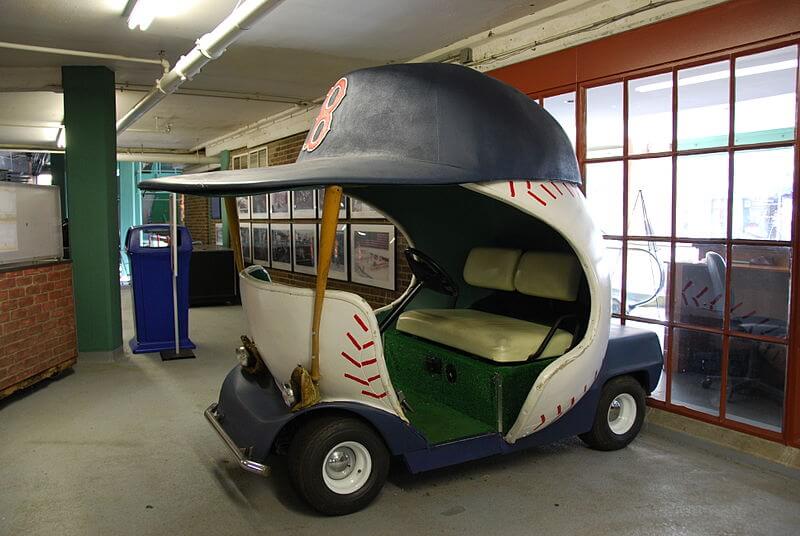
- The Diamondbacks are set to become the first team in 23 years to use a bullpen cart.
- Would the MLB Players Association agree to more double headers?
- Would a return to higher mounds give pitchers a fighting chance?
Pitchers at Chase Field will be treated to a little sweet relief this summer. The Arizona Diamondbacks have announced they’re commemorating their 20th anniversary this season by employing a chauffeured bullpen cart. The cart will be decked out in a giant D-backs cap and will be used to transport relievers from both teams to the mound during games.
Bringing back bullpen carts is a great idea, but why stop there? We’ve dug up five other ideas from baseball’s past that the MLB should consider reviving.
1. Higher Mounds
The last time Major League Baseball adjusted the height of the pitcher’s mound was prior to the 1969 season, when it was lowered from 15 inches above the baseline to 10 inches. The move was made to produce more runs following a year in which hitters whiffed at an unprecedented rate and the league-wide ERA was a miniscule 2.98.
| Year | BA | 2B | HR | RBI |
|---|---|---|---|---|
| 1968 | .237 | 3,869 | 1,995 | 10,308 |
| 1969 | .248 | 4,840 | 3,119 | 14,662 |
That height worked for nearly 50 years, but it’s time to raise it back up again after a season in which players clubbed a Major League record 6,105 home runs. That’s 412 more dingers than the summer of 2000, when super sized sluggers like Sammy Sosa, Barry Bonds, and Jason Giambi “injected” a new brand of excitement into the game.
Raising the mound by just two-to-three inches would give pitchers a better arm angle and tilt and would result in considerably more momentum and velocity when they deliver the ball. That, in turn, would lead to more strike outs and fewer home runs.
No one wants to return to the summer of ’68 when teams averaged just 3.4 runs per game, but baseball needs to empower its pitchers now before home runs lose their significance and baseball scores continue to balloon.
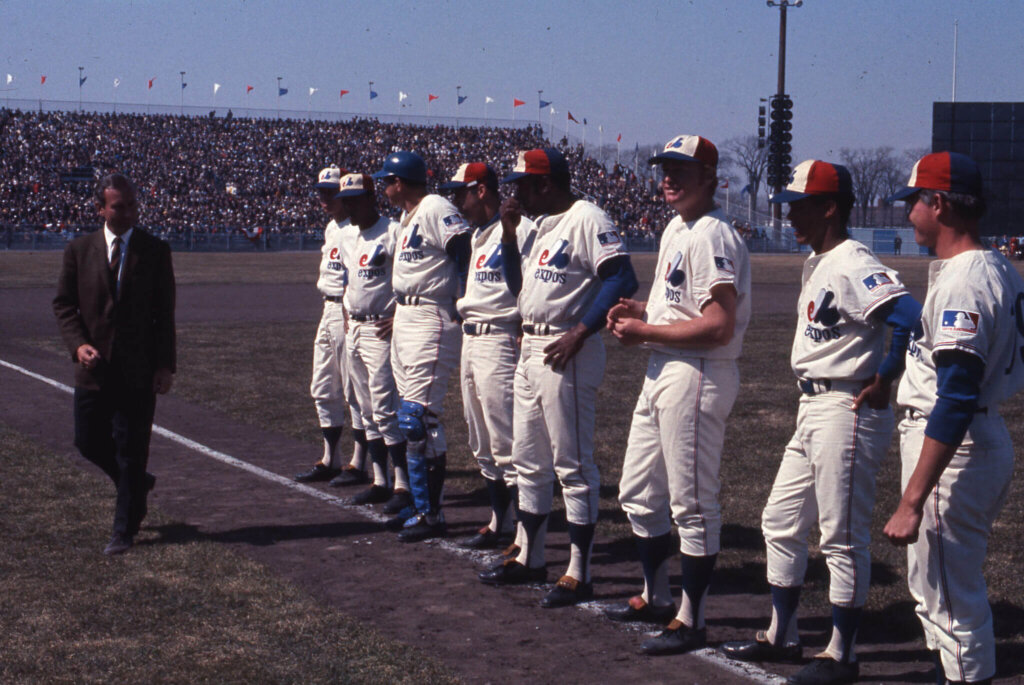
2. The Montreal Expos
The Toronto Blue Jays may be Canada’s team now, but there was a time that honor belonged to the Montreal Expos. “Nos Amours” arrived on the scene eight years before the Jays and immediately captured the nation’s imagination with colorful players like Gary Carter, Andre Dawson, and Tim Raines, all of whom are now enshrined in Cooperstown.
Commissioner Rob Manfred gave Montrealers reason for optimism last summer when he addressed the topic of expansion during the All-Star break.
The City of Saints has been without a Major League team since 2004, but that could – and should – change soon. Commissioner Rob Manfred gave Montrealers reason for optimism last summer when he addressed the topic of expansion during the All-Star break. “I think we have some great candidates,” he told reporters. “I know the mayor of Montreal has been very vocal about bringing baseball back to Montreal. It was not great when the Expos left. The fact of the matter was baseball was successful in Montreal for a very long time.”
It could be successful again thanks to a consortium of local investors who have been working tirelessly to bring baseball back. The group reportedly has enough capital and government backing to support a new franchise, and has already selected multiple locations for a new state-of-the-art stadium.
It’s baseball’s move next, but Montreal deserves a second shot after establishing itself as one of the game’s best host cities for 35 years.
3. Doubleheaders
We’ve always believed the only thing better than baseball is more baseball, which is why we’d love to see more doubleheaders in the years to come.
“Twin bills” were once a common occurrence with teams playing dozens of them each season during the 1940’s and 50’s, but the MLB gradually moved away from doubleheaders and fewer than ten have been scheduled over the past two decades. That’s a shame since they benefit fans and players alike.
Fans love them because they get to enjoy two games for the price of one, and players love them because they lead to more off-days. If Major League Baseball were to schedule just four doubleheaders per team, they could wrap up the season one week earlier and ensure the World Series is played in October, as it was originally intended, rather than in November. That would make baseball’s interminably long season a little shorter and would prevent players from having to play in colder conditions. Sounds like a win-win to us.
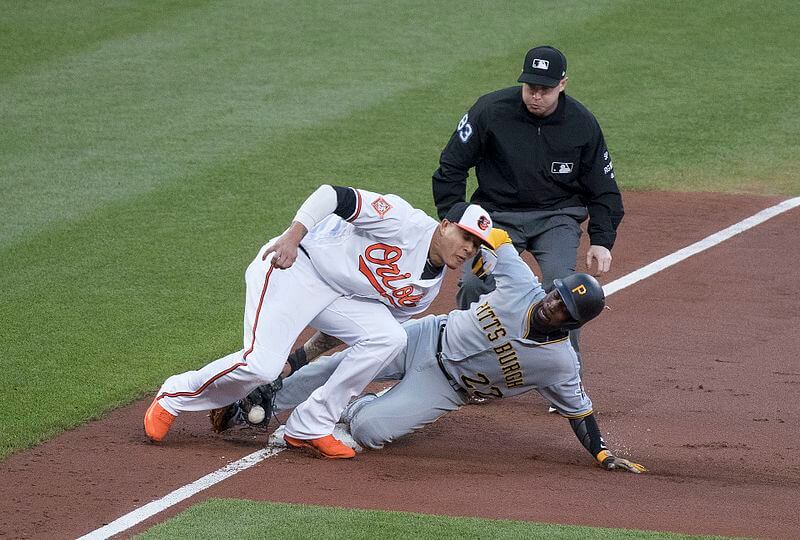
4. Stolen Bases
Unlike the Expos, stolen bases haven’t disappeared from baseball, but they have been on a steady decline. Major League thievery reached a 41-year low in 2015 and has been trending downwards since the 1980’s when speed merchants like Rickey Henderson and Vince Coleman routinely swiped 100 bags a year.
| Year | Stolen Bases |
|---|---|
| 2015 | 2,505 |
| 2010 | 2,959 |
| 2005 | 2,565 |
| 2000 | 2,923 |
| 1995 | 2,923 |
| 1990 | 3,290 |
| 1985 | 3,097 |
| 1980 | 3,294 |
The shortage in swipes has less to do with today’s players and more to do with today’s math. Expert analysis has revealed that teams need to convert 70-75 percent of their base-stealing attempts in order to increase their chances of winning, so managers are increasingly instructing players to stay rooted to the base to avoid squandering runs.
Teams need to give base runners a green light again to encourage the kind of frenzied foot races that can make an otherwise slow game so exhilarating.
That’s sensible enough, but it sure isn’t much fun. Teams need to give base runners a green light again to encourage the kind of frenzied foot races that can make an otherwise slow game so exhilarating.
5. Curses
One of the things that made baseball so much fun during the 20th century were the curses that hung over teams and seemingly prevented them from winning in October. Boston had the Curse of the Bambino, New York had the Curse of Donnie Baseball, Los Angeles had the Curse of the Cowboy, and Chicago had the Curse of the Billy Goat and the Curse of the Black Sox. These whimsical hexes gave fans something to rally around and gave journalists an endless source of copy. One by one, however, they started disappearing as each “cursed” club achieved postseason success. The last of the curses was officially exorcized in 2016 when the Cubs won their first World Series title in 108 years.
It’s time for new and more outrageous narratives to take their place. How about the Curse of Justin Verlander in Detroit, or the Curse of Giancarlo Stanton in Miami? Both teams could use a good scapegoat for the many years of futility they’re certain to endure.

Former Sports Writer
Ryan worked as an Editor and resident Lead NBA and MLB Writer for SB from 2017-19. He has authored his own weekly columns for Fox Sports and AskMen, and has created successful campaigns for the WWE, the NHL, and the NFL. Ryan's critically acclaimed stories have been published in 20 books.
